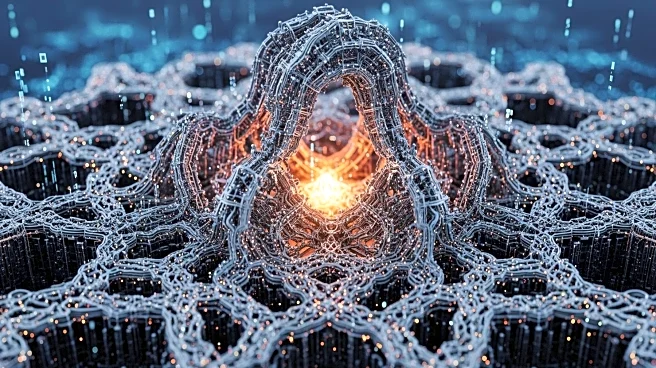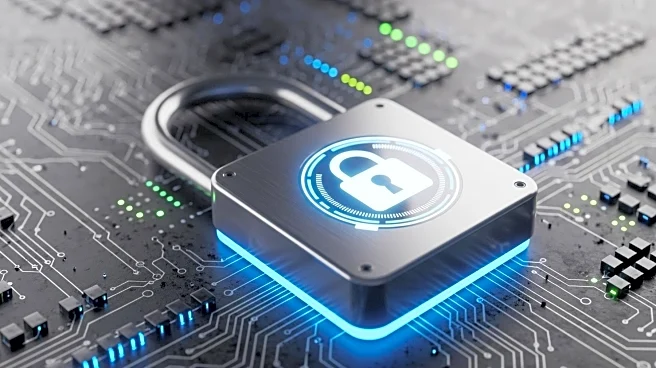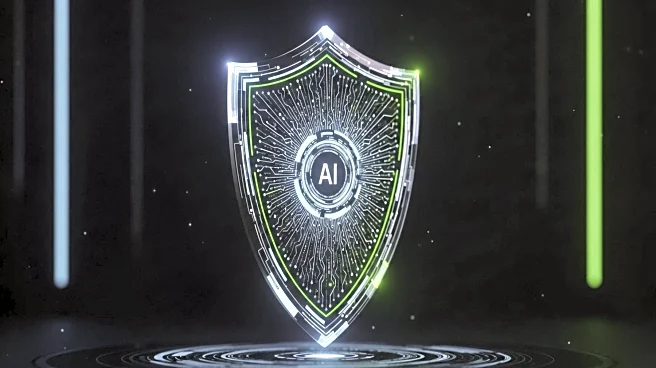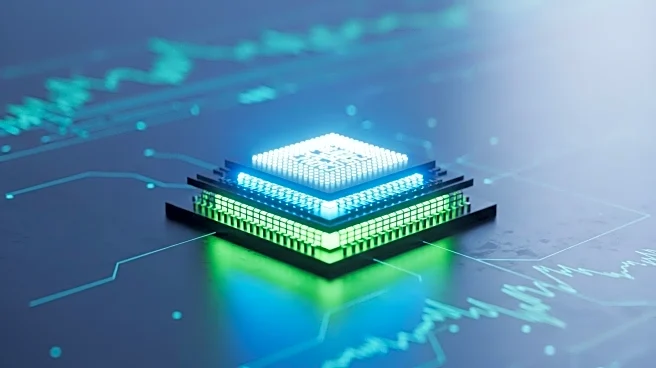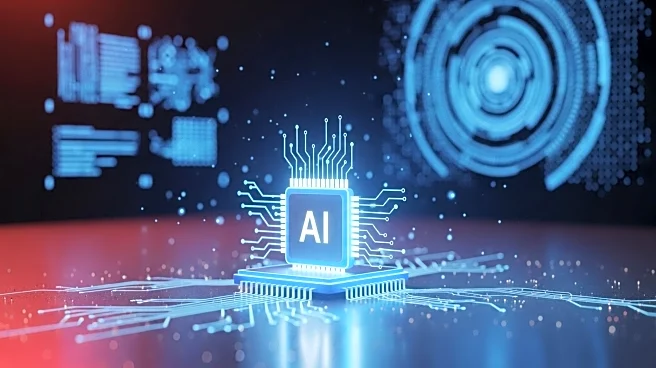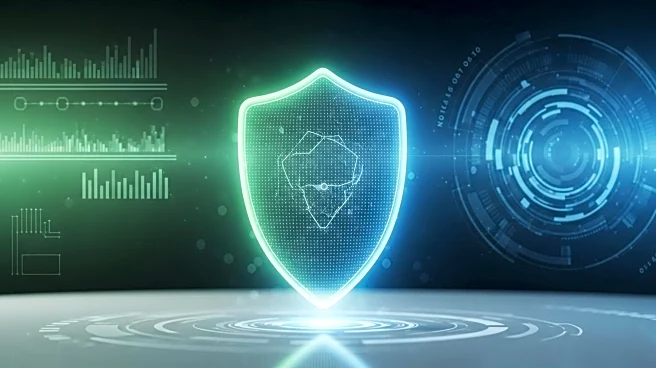What's Happening?
A study has introduced a memristor-based hyperchaotic circuit model for cryptographic applications, highlighting its potential for generating complex chaotic signals. The model, developed by Sahin et al., is used for dynamic analysis and encryption, leveraging its rich dynamical behavior to enhance secure communication systems. The circuit exhibits hyperchaotic behavior under specific parameter settings, which were chosen to maximize the complexity of the dynamics. The study emphasizes the model's suitability for cryptographic purposes due to its unpredictable and sensitive dependence on initial conditions, providing a strong basis for generating secure pseudo-random sequences.
Why It's Important?
The introduction of hyperchaotic systems in cryptography is significant as it offers enhanced unpredictability and higher-dimensional attractors, crucial for secure communications and signal processing. The memristor-based model's ability to generate complex chaotic signals can improve the robustness of cryptographic systems against attacks. This development is particularly relevant for industries relying on secure data transmission, as it provides a more secure foundation for encryption algorithms, potentially reducing vulnerabilities in digital communications.
What's Next?
The study suggests further exploration of the memristor-based hyperchaotic model's applications in secure communications and nonlinear control systems. Future research may focus on optimizing parameter settings to enhance the model's cryptographic capabilities and exploring its integration with existing encryption algorithms. Stakeholders in the tech industry, particularly those involved in cybersecurity, may consider adopting this model to strengthen their encryption protocols.
Beyond the Headlines
The use of hyperchaotic systems in cryptography raises ethical considerations regarding data privacy and security. As encryption methods become more complex, there is a need to balance security with accessibility, ensuring that advancements do not lead to exclusion or misuse. Additionally, the integration of such systems may influence regulatory standards in data protection, prompting discussions on the legal implications of advanced cryptographic technologies.
